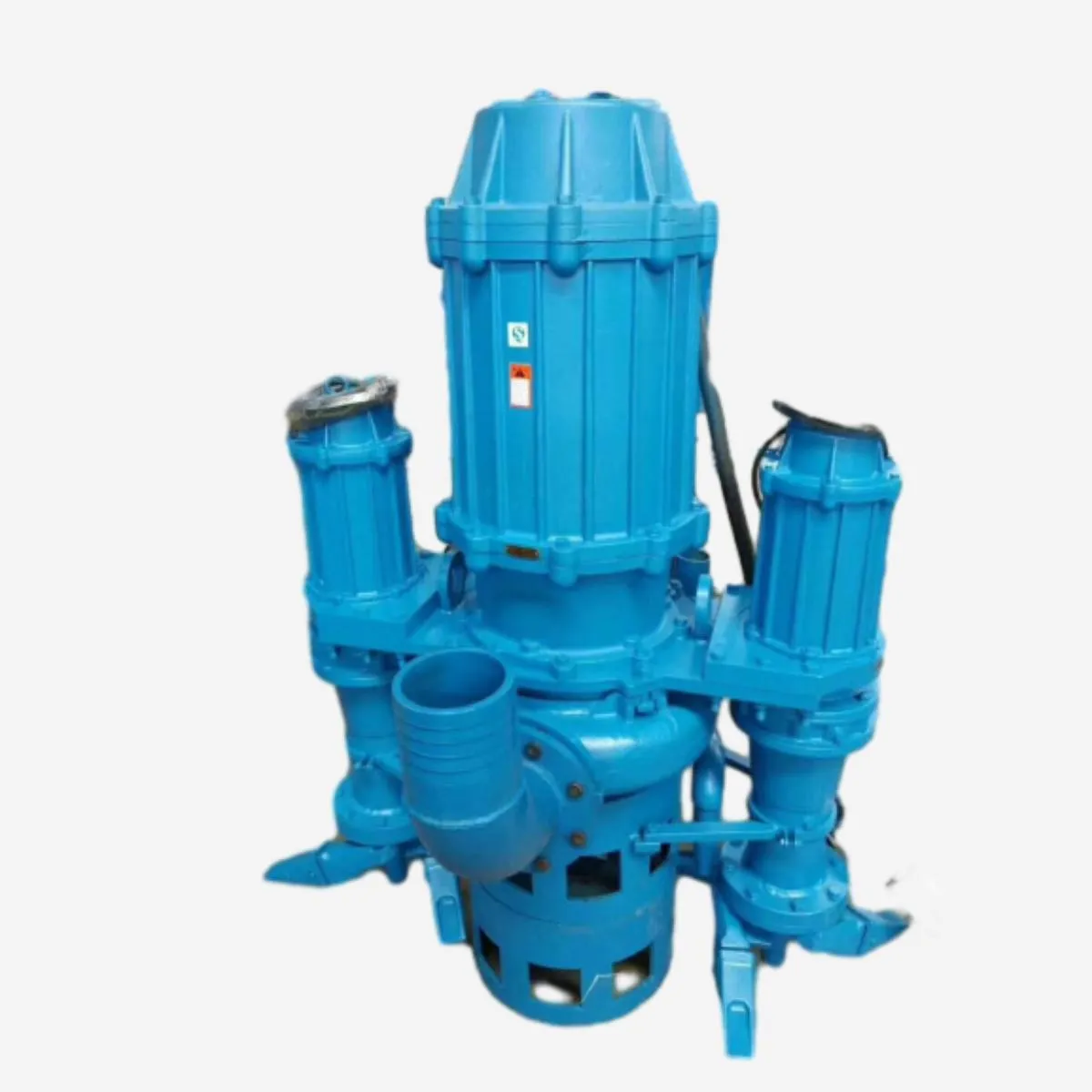Occitan
- Afrikaans
- Albanian
- Amharic
- Arabic
- Armenian
- Azerbaijani
- Basque
- Belarusian
- Bengali
- Bosnian
- Bulgarian
- Catalan
- Cebuano
- Corsican
- Croatian
- Czech
- Danish
- Dutch
- English
- Esperanto
- Estonian
- Finnish
- French
- Frisian
- Galician
- Georgian
- German
- Greek
- Gujarati
- Haitian Creole
- hausa
- hawaiian
- Hebrew
- Hindi
- Miao
- Hungarian
- Icelandic
- igbo
- Indonesian
- irish
- Italian
- Japanese
- Javanese
- Kannada
- kazakh
- Khmer
- Rwandese
- Korean
- Kurdish
- Kyrgyz
- Lao
- Latin
- Latvian
- Lithuanian
- Luxembourgish
- Macedonian
- Malgashi
- Malay
- Malayalam
- Maltese
- Maori
- Marathi
- Mongolian
- Myanmar
- Nepali
- Norwegian
- Norwegian
- Occitan
- Pashto
- Persian
- Polish
- Portuguese
- Punjabi
- Romanian
- Russian
- Samoan
- Scottish Gaelic
- Serbian
- Sesotho
- Shona
- Sindhi
- Sinhala
- Slovak
- Slovenian
- Somali
- Spanish
- Sundanese
- Swahili
- Swedish
- Tagalog
- Tajik
- Tamil
- Tatar
- Telugu
- Thai
- Turkish
- Turkmen
- Ukrainian
- Urdu
- Uighur
- Uzbek
- Vietnamese
- Welsh
- Bantu
- Yiddish
- Yoruba
- Zulu
Telephone: +86 13120555503
Email: frank@cypump.com
Oct . 17, 2024 10:28 Back to list
Efficient Solutions for Managing Sewer Pump Systems and Ensuring Proper Wastewater Flow
Understanding Sewer Pumps Essential Tools for Efficient Waste Management
Sewer pumps play a crucial role in modern waste management systems, providing a reliable means of transporting wastewater and sewage from residential and commercial properties to treatment facilities. Their importance cannot be overstated, particularly in areas where gravity alone cannot facilitate proper drainage. This article delves into the types, functions, and maintenance of sewer pumps, highlighting their significance in ensuring effective sanitation and environmental protection.
Types of Sewer Pumps
Sewer pumps are designed to handle the unique challenges posed by wastewater, which often contains debris and solids. There are primarily two types of sewer pumps submersible pumps and pedestal pumps.
1. Submersible Pumps These pumps are designed to operate while submerged in wastewater. They are typically installed in a pit or basin, where they can efficiently handle both liquid and solid waste. Submersible pumps are favored for their efficiency and ability to reduce the risk of clogging. They also operate quietly and are less susceptible to external environmental factors, making them ideal for residential settings.
2. Pedestal Pumps Unlike submersible pumps, pedestal pumps are mounted above the wastewater level. They use a long shaft with an impeller at the bottom to draw waste up into the pump. While they are easier to maintain due to their above-ground installation, pedestal pumps can be noisier and may require more frequent service to prevent clogging from larger solids.
Functions of Sewer Pumps
The primary function of sewer pumps is to transport wastewater from low-lying areas to a higher elevation where it can flow into the sewer system or treatment facilities. This is critical in areas with insufficient gravity drainage. Sewer pumps help to
- Prevent Flooding By efficiently moving wastewater out of vulnerable areas, sewer pumps help prevent flooding, which can cause extensive property damage and health hazards due to stagnant water.
- Protect Public Health Properly functioning sewer pumps ensure that sewage is transported to treatment plants where it can be processed safely, reducing the risk of water contamination and the spread of waterborne diseases.
sewer pumps

- Support Infrastructure In urban areas, where space is limited, sewer pumps facilitate the effective removal of waste, supporting the broader sewage system and enhancing overall municipal infrastructure.
Maintenance and Best Practices
Proper maintenance of sewer pumps is vital to ensure their longevity and efficiency. Here are several best practices for maintaining sewer pumps
1. Regular Inspections Routine checks should be performed to ensure that pumps are functioning correctly. Look for signs of wear and tear, unusual noises, or leaks.
2. Cleaning Any debris or solid materials that accumulate in the pump or its surroundings should be removed regularly to avoid clogging. This includes inspecting and cleaning the intake screen.
3. Check Float Switches In submersible pumps, the float switch controls the pump's cycling. Regularly checking and testing this mechanism ensures that the pump operates as needed.
4. Professional Servicing It’s advisable to have a qualified technician service sewer pumps periodically. They can perform comprehensive check-ups and necessary repairs, which can preempt more costly problems down the line.
Conclusion
Sewer pumps are indispensable components of waste management systems, ensuring that sewage is effectively transported and treated. Their ability to handle both liquid and solid waste while preventing environmental and health hazards makes them critical in urban planning and sanitation initiatives. By understanding the types, functions, and maintenance of sewer pumps, property owners and municipalities can better manage their wastewater systems, ensuring efficiency and safeguarding public health. Proper investment in these systems will pay dividends in terms of environmental protection, infrastructure sustainability, and overall community welfare.
-
Reliable Septic Tank Pumps | Durable & Clog-Resistant
NewsJul.22,2025
-
Here is the optimized TDK set for "axial flow pump": ``` Axial Flow Pump: High-Efficiency & Reliable Water Transfer Solutions
NewsJul.21,2025
-
DT Desulphurization FGD Pumps - Corrosion-Resistant & High-Efficiency
NewsJul.21,2025
-
High-Efficiency Submersible Effluent Pump for Sewage & Wastewater Solutions
NewsJul.08,2025
-
High Quality CH Warman Slurry Pump Factory - Leading Horizontal Slurry Pump Supplier
NewsJul.08,2025
-
Hot Sale Chemical Circulating Pump – Efficient & Durable Slurry Circulating Pump Solutions
NewsJul.08,2025










